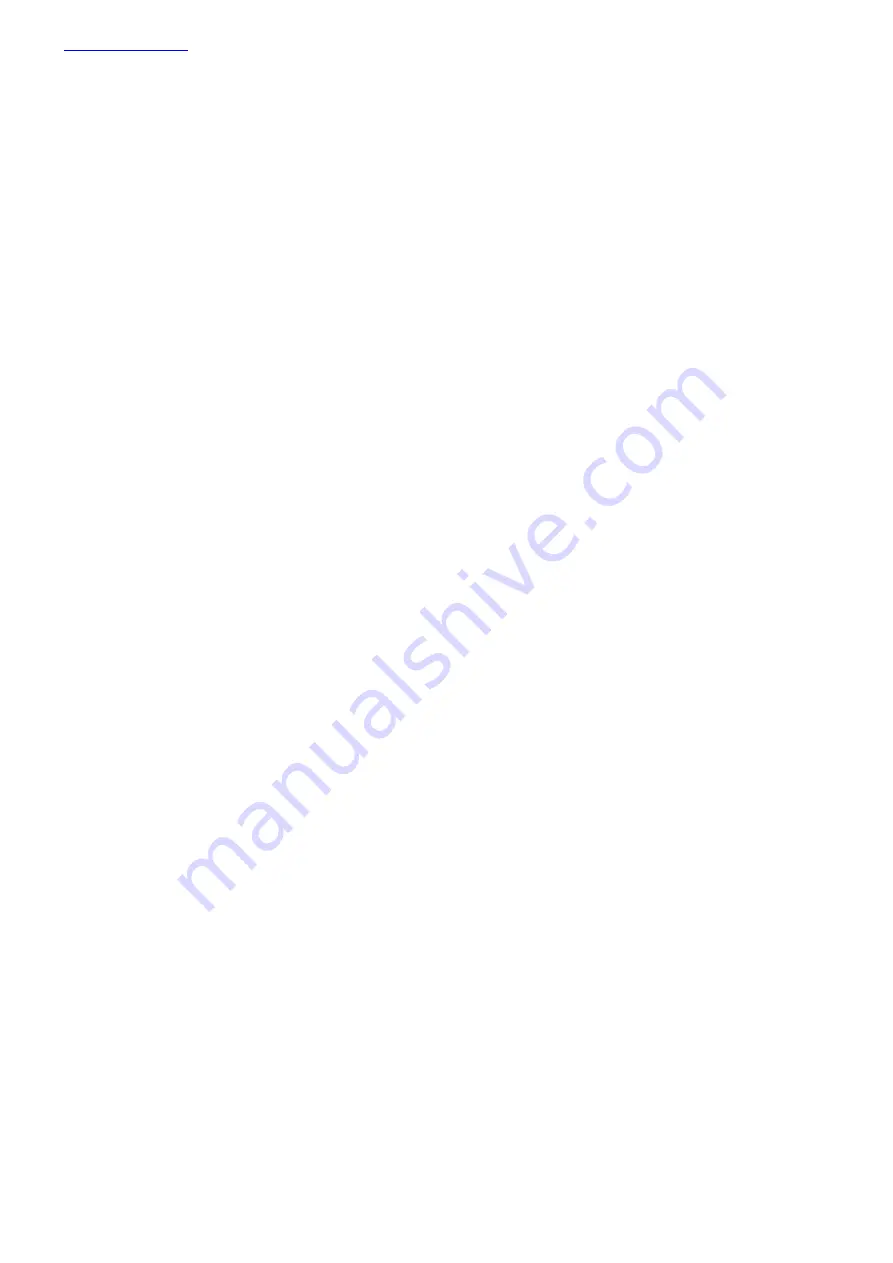
Page
5
of
43
Glossary
Below are a few commonly used terms t
o help with getting started with QuickQ programing.
DMX or DMX512:
an acronym for Digital Multiplex and is a standard for digital communication networks that are
commonly used to control stage lighting and effects. Today, we can transmit DMX data over both direct DMX
cables and via Network. QuickQ has connections for both.
Fixture
: A fixture is the name used by the console to control a device. Each Fixture has its own number. A Fixture
can be a lamp operated by a dimmer, an LED, a Moving Light
or any device that can be
controlled via DMX. Other
consoles may refer to this as a
Lighting Instrument, Instrument,
or
Head,
and may be referred to by a
channel
number or head number.
Fixture Mode:
Most fixtures have different modes that can be selected on the physical fixture itself. It is
important that the mode set on the fixture matches the mode selected during
Patching
. The
Fixture mode
defines the number of
DMX Channels
a fixture uses.
D
MX Channels
: DMX512 has
512 individual DMX channels per each
Universe of DMX.
DMX Universe
: A collection of 512 DMX Channels is referred to as a Universe of DMX.
Patching
: Telling the console what fixtures are connected to the console and connected via DMX.
Start DMX Address
: Often shortened to
DMX
address as in “what is the
DMX
address of that fixture?” Each
fixture has its own starting
DMX
address, which is different for every fixture.
Fixture Number
: Each fixture is given a number during patching. Fixtures 1 to 20 or 1 to 40 on the QQ30 can also
be controlled from the fixture faders with the corresponding number. These may also be referred to as the
Ch
annel Number
if it is a simple dimmer in a theatre.
Group
: A collection of more than one fixture of the same Type and
Fixture Mode,
but could also be a collection of
all the Fixtures of one gel colour.
Cue
: A recorded collection of values of levels and
Attributes
for one or more fixtures.
Attributes
: QuickQ has 4 attributes categories used to describe and control
Fixtures
. Intensity, Colour, Position
and Beam. Beam includes many functions that are simply not the other 3, for example – shutter, prism and gobo
wheels!
FX
: Shortened from Effects. The automated application of changes to one of the 4 attributes. There are Intensity
Effects, Colour Effects, Beam Effects and Position Effects built into QuickQ.
MIDI
: MIDI is an acronym that stands for Musical Instrument Digital Interface. It is a way to connect devices that
make and control sound. It can be used to trigger lighting from an audio device such as a digital keyboard.
Multifunction Faders
: Are found on the left side of the console. The QQ10 and the QQ20 have 20 faders and the
QQ30 has 40 faders.
Multifunction Fader Mode
: The faders on the left side of the console can operate in one of 3 modes using the
mode buttons on the console above the COL MIX encoders or on the bottom left of the touch screen:
Fixture: each fader controls one fixture as assigned during patching.
Group: each fader controls a group or collection of fixtures recorded to it
Cue: each fader can have one cue recorded to it for playback in this mode.




















